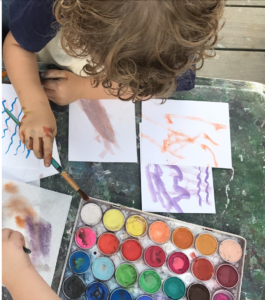
The Power of Process-Based
Did you know that young children don’t need formal art lessons? That’s because they benefit most from experiencing process-based art first! Process art is all about the experience, not the final result. Children thrive on good old-fashioned exploration through process art activities. Plus it is healthy to engage in Process Art Making.
Engaging art not only allows kids to enjoy art without the pressure of creating a specific outcome but also fosters valuable learning and problem-solving skills. It’s okay not to focus on the end product; what truly matters is the journey of creating.
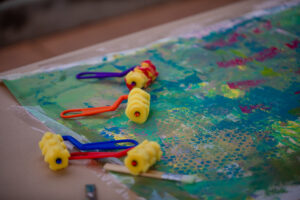
What is process based art
Process-based revolves around the journey itself, emphasizing the experience over the final product. At this stage, children aren’t expected to produce realistic or aesthetically pleasing artworks. Instead, they are in a phase of pure exploration and discovery.
For toddlers and young children, the essence of lies in discovery and experimentation, which boosts problem-solving abilities. Encouraging them to explore, make mistakes, and freely express themselves leads to the emergence of unique and imaginative artworks. Through art, children enhance their creativity, fine motor skills, spatial intelligence, and cognitive thinking.
In early childhood education, focusing on process-based art projects is important as it allows children to truly absorb and learn through the artistic process.
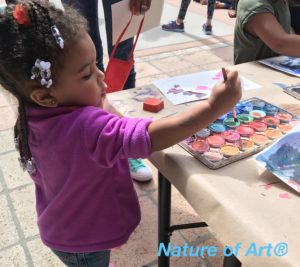
Common Mistakes
When venturing into process-based art instruction, teachers, though well-meaning, can unintentionally make errors. Here are some essential dos and don’ts to enhance your students experiences:
- Don’t: Present art lessons with step-by-step instructions; instead, allow children the freedom to create without strict guidelines.
- Do: Empower children to explore creatively and reassure them that their creations are valued, regardless of conformity.
- Don’t: Impose a right or wrong way to create a project; encourage open exploration.
- Do: Embrace the uniqueness of each child’s artwork, understanding that in early childhood, individuality and creativity shine through.
- Don’t: Compare a child’s finished art directly to an example or expect identical results.
- Do: Appreciate and celebrate the diverse interpretations and creative expressions each child brings to their artwork.
- Don’t: Limit children to prescribed methods or mediums; let them experiment freely.
- Do: Provide space for children to innovate, explore new techniques, and express themselves uniquely.
- Don’t: Focus on correcting or aligning a child’s project with a predetermined standard.
- Do: Remember that the essence lies in the journey and exploration, not in conforming to specific outcomes.
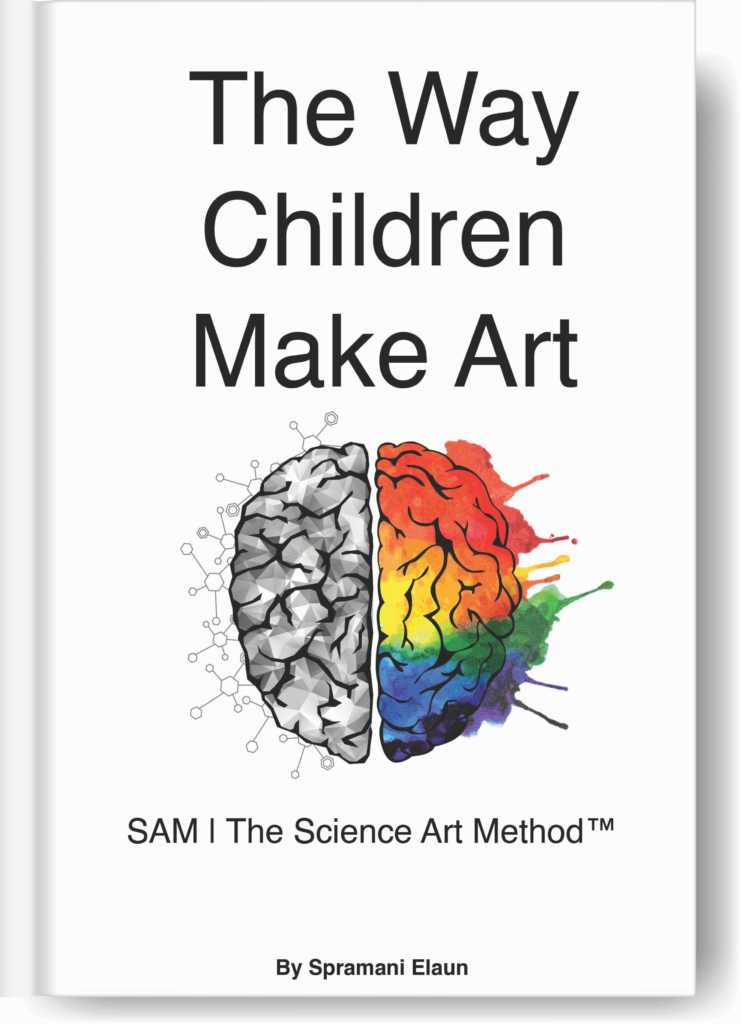
Read Process Based Art Teaching Book
Learning process based methods
Click Blog | Process Art Making For Kids
Click Blog | Child Art Discovery and Exploration
Promotes Creative Ideas In Artworks
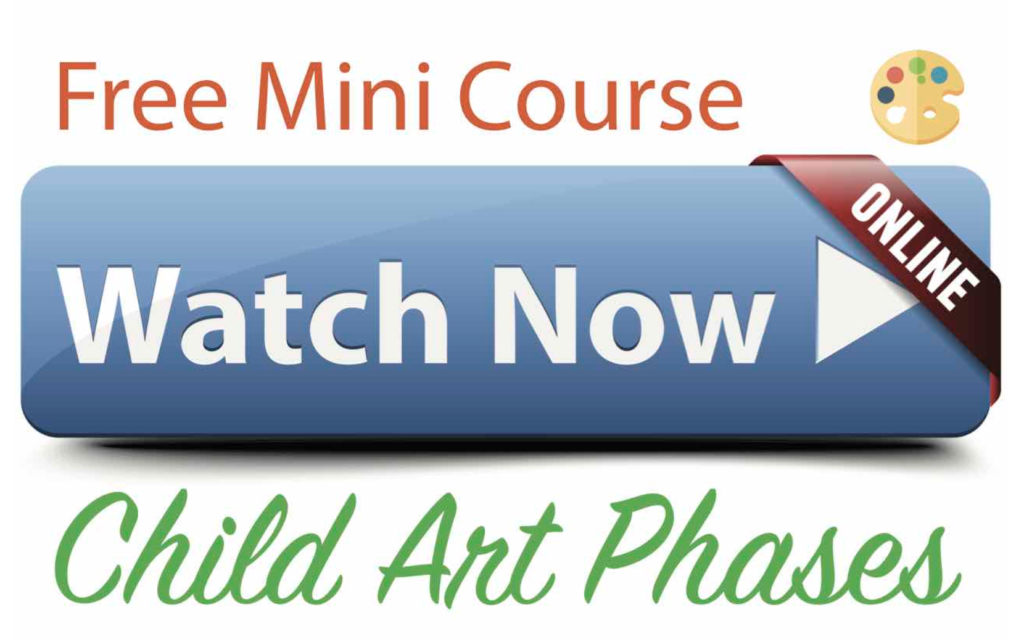
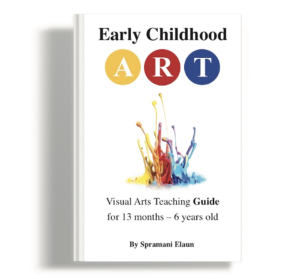
All rights reserved © 2025, Nature of Art®

No part of this blog may be used or be reproduced in any manner whatsoever including reproducing, publishing, performing, and making any adaptions of the work – including translation into another foreign language without written permission except in the case of brief quotations embodied in critical articles and reviews. Nature of Art® Publishing P.O. Box 443 Solana Beach, California 92075.

